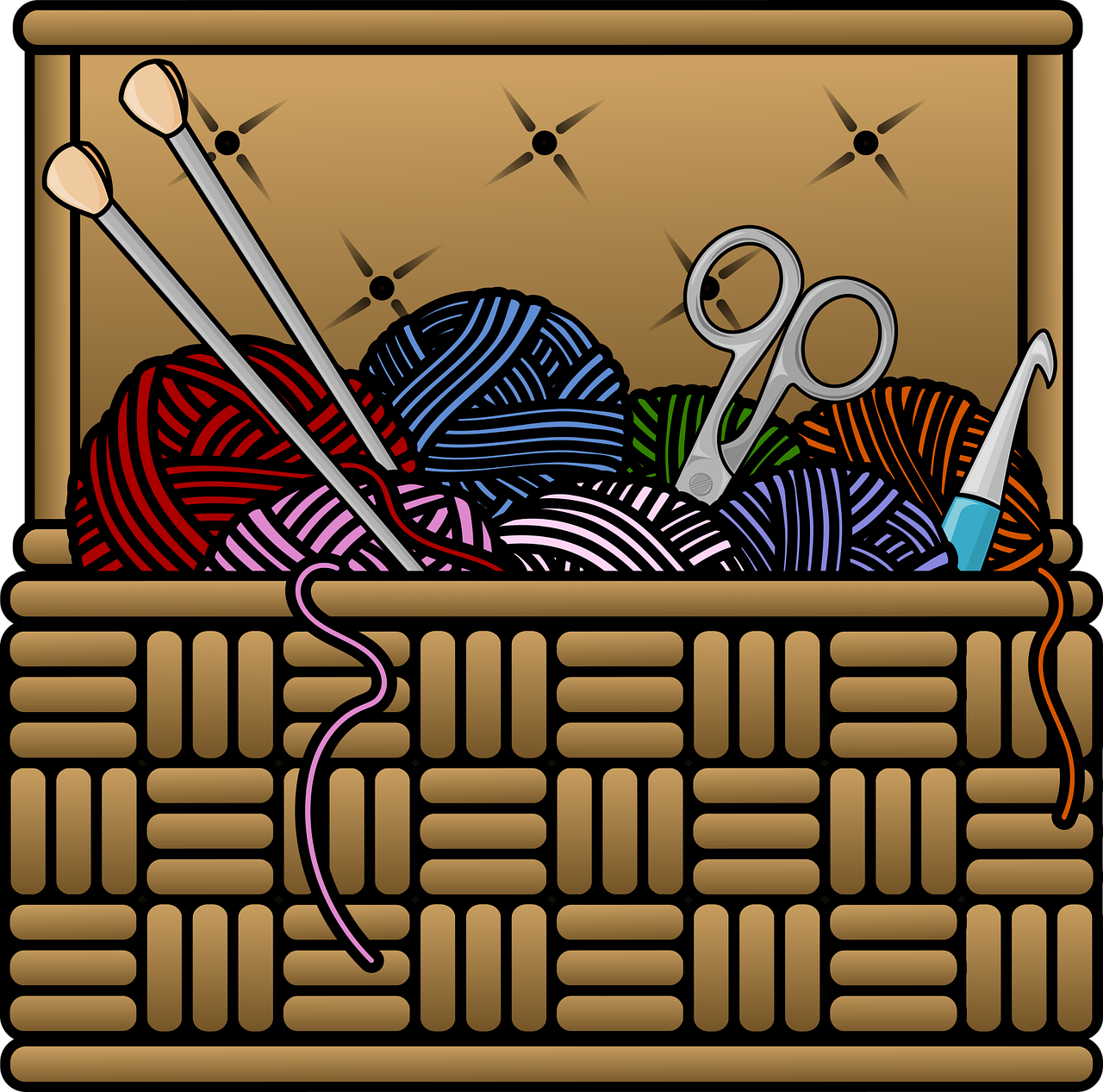
Professional Knitwear Factories make perfect knit dresses by checking every detail. They see each step as important. These steps are design, yarn selection, knitting, assembly, finishing, and quality control. Skilled workers and advanced machines work as a team. This mix of technology and skill makes knit dresses look nice and feel good. Each step helps make dresses that are stylish and high quality.
Key Takeaways
Professional knitwear factories use careful steps. They go from design to quality checks. This helps make stylish and comfy knit dresses. Picking the right yarn and fiber mix is important. It changes how the dress feels, fits, and lasts. Different knitting methods are used, like whole garment knitting. These help make seamless and well-fitting dresses. They also make less waste. Factories use advanced machines and skilled workers together. This makes sure every dress is high quality and stylish. Customers can use digital tools to customize their dresses. They can pick yarn, colors, patterns, and fits. This helps them make unique knit dresses.
Design Phase
Style and Fit
Professional knitwear factories start with the design phase. Designers think about how the dress will look. They also think about how it will fit many body types. They pick shapes, necklines, and sleeve lengths to help each body shape. For example, a knit dress for an hourglass shape has a waist that stands out. It may have sleeves that show off the waist. A pear-shaped body looks good in dresses with details on the top. An A-line skirt that flares out helps too. Apple shapes need loose necklines and a fit that is not tight in the middle. Triangle or rectangle shapes look best in straight dresses. These dresses have a little shaping and long sleeves.
Designers also think about color and material. The color near the face can change how someone looks. The type of knit—light, chunky, or stretchy—changes how the dress fits and moves. Each choice helps the dress look nice and feel good.
Body Shape | Key Design Choices Affecting Style and Fit |
|---|---|
Hourglass | Waist definition, stretchy material, loose roll neck, 3/4 sleeves, thin belt |
Pear | Upper body details, A-line shape, rolled sleeves |
Apple | Loose/cowl necklines, no midsection patterns, loose fit, full sleeves, tighter below hips |
Triangle/Rectangle | Straight shape, slight waist shaping, avoid ruffles, full sleeves, no waist belts |
General Factors | Color near face, neckline style, material type, dress shape and structure |
Technical Specifications
Factories use technical specifications to make design ideas real. They write down things like yarn size and fabric density. They also track stripe height. These details help machines knit the fabric the right way. Designers use computer-aided design (CAD) to plan patterns and colors. They check color matching with lab dips and special tools. This makes sure every dress looks the same.
A table of common technical specifications shows what factories track:
Technical Specification | Description / Role in Design Phase |
|---|---|
Yarn Size | Ensures correct yarn selection and fabric texture |
Gauge | Controls fabric density and stretch |
Stripe Height | Sets pattern repeats in design |
Fabric Construction | Matches knit fabric to design intent |
Pattern Design | Developed in CAD, refined through fittings |
Color Matching (Lab Dips) | Matches yarn colors precisely |
Fabric Properties | Includes stretch, drape, shrinkage, color fastness, and pilling |
Digital Product Creation (DPC) | Uses 3D fitting simulations to optimize fit |
Prototype Fittings | Adjusts patterns based on fabric behavior |
These technical steps help factories make dresses that fit well. They also help dresses look stylish and meet high standards.
Yarn Selection
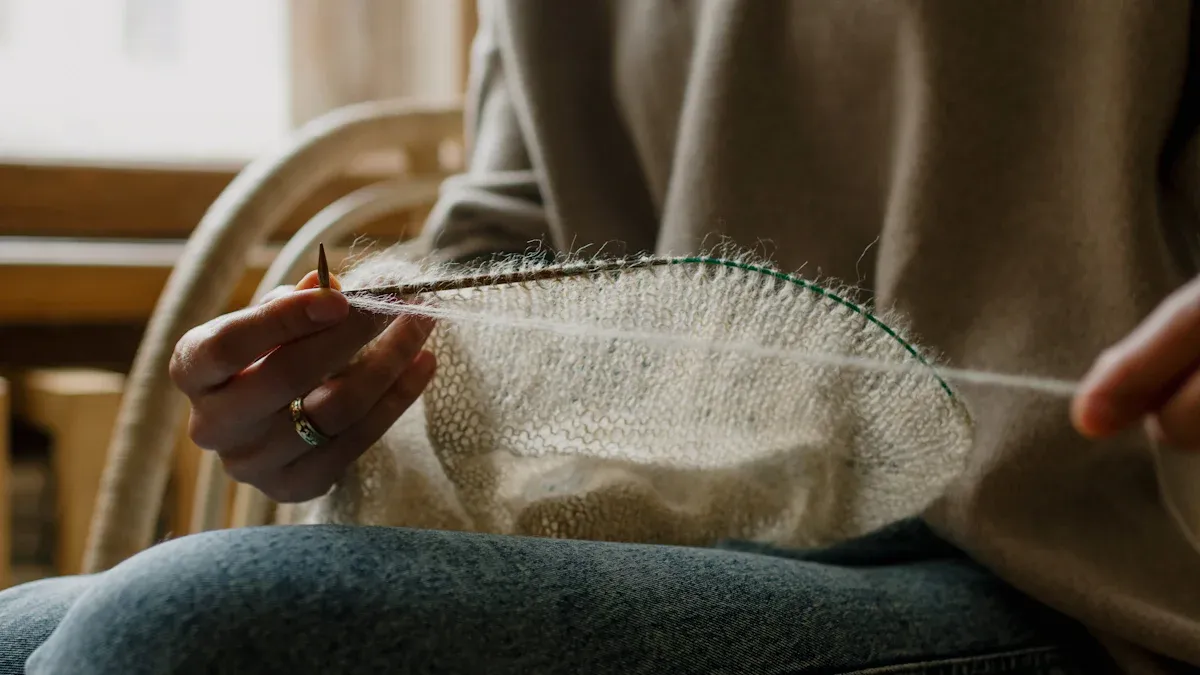
Fiber Types
The yarn picked for a knit dress changes how it feels and looks. Factories pick from many fiber types for each dress. Natural fibers like wool, cotton, and silk are soft and let air in. These fibers make dresses feel nice on the skin. Synthetic fibers, such as polyester and nylon, make dresses strong and last longer. Some dresses use special fibers like aramid or carbon fiber for extra strength.
Mixing fibers can give the best mix of features. For example, when wool is mixed with Lycra, the fabric stretches well and stays warm. This blend also helps the dress bounce back from wrinkles and move with you. Wool/Lycra blends are good for people who want comfort and easy movement. The fiber choice changes how the dress feels, looks, and works over time.
Factories use grading systems like Woolmark to check fiber quality. These systems help pick fibers that make the dress better.
Fiber Type | Key Benefits | Common Uses in Knit Dresses |
|---|---|---|
Wool | Warmth, elasticity, breathability | Winter and fall dresses |
Cotton | Softness, absorbency | Everyday and summer dresses |
Polyester/Nylon | Strength, durability | Long-lasting, easy-care dresses |
Lycra/Spandex | Stretch, shape retention | Body-hugging, flexible dresses |
Silk | Smoothness, shine | Luxury and special occasion wear |
Yarn Quality
Yarn quality is important for how long a dress lasts. Factories look at how strong and even the yarn is and how much it can stretch. Studies show strong and even fibers make yarns that do not break easily. For example, Cottonspec uses lots of data to link fiber traits to yarn strength. Good yarn quality means dresses stay nice after many wears and washes.
Yarn quality also changes how a dress feels and looks. Thick yarns make a dress warmer. Thin yarns make it soft and smooth. Research shows yarns with high tenacity and good stretch help dresses keep their shape and not get damaged. Polyester yarns are very strong and do not lose many microfibers when washed. Factories test yarns for these things before using them.
High-quality yarns help dresses last longer, look better, and feel nicer. Factories pick yarns carefully for each dress design.
Manufacturing Process
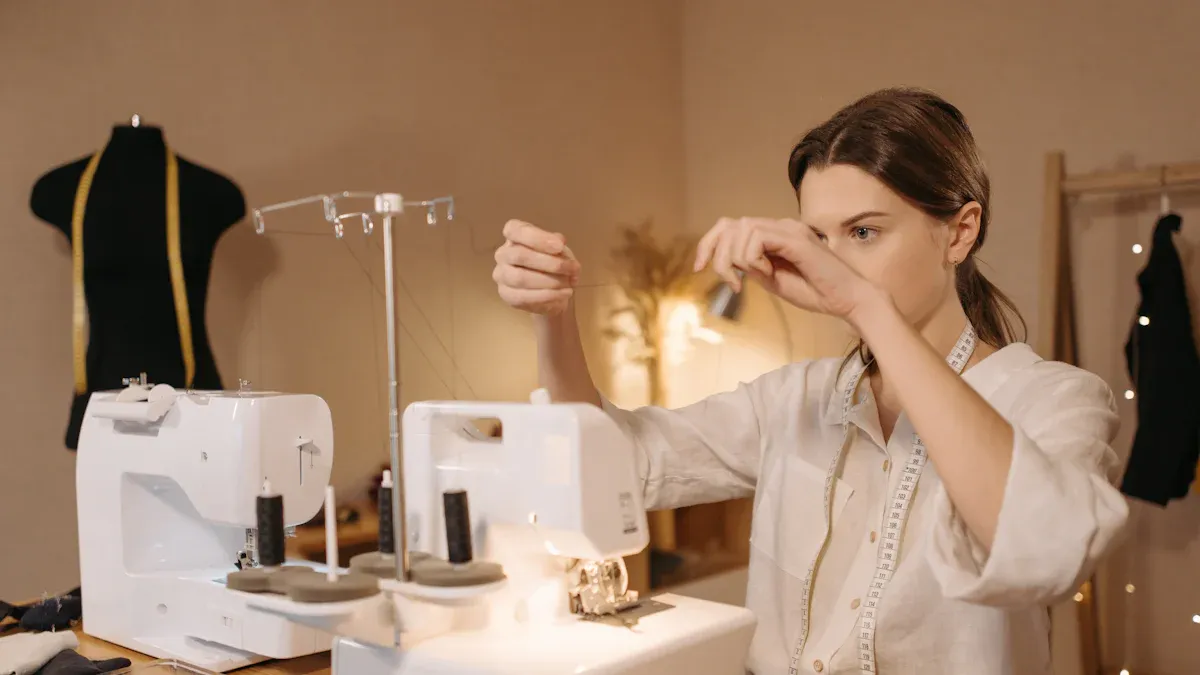
Knitting Techniques
Professional knitwear factories use different knitting methods. Each method helps make dresses that look and feel good.
Cut and Sew: Factories knit big fabric panels. They cut and sew these into dress shapes. This way is fast and saves money. It is good for making many dresses at once. But the seams may not feel smooth. The fabric might not stretch much.
Fully Fashioned Knitting: Machines knit panels shaped for the body. Workers join these panels together. This method uses less fabric and makes flat seams. It is often used for luxury dresses.
Whole Garment Knitting: Special machines knit the whole dress in one piece. There are no seams. This makes the dress fit better and feel more comfy. It also saves time and cuts down on waste.
Factories mix old handloom skills with new digital machines. This helps make patterns that are exact. It also makes work faster and lets them try new designs. Digital tools help check for mistakes and change patterns. Special knitting like cable knitting or colorwork makes each dress unique. Workers learn both old and new ways to make sure dresses are high quality.
Factories often use more than one method. This helps them keep costs low and make creative dresses.
Knitting Method | Key Features | Best For |
|---|---|---|
Cut and Sew | Fast, cost-effective, less stretch | Mass production, simple styles |
Fully Fashioned | Shaped panels, less waste, flat seams | Luxury, fitted dresses |
Whole Garment Knitting | Seamless, 3D shaping, less waste, innovative | High comfort, complex designs |
Dyeing and Finishing
After knitting, factories dye and finish the dresses. Dyeing adds color. Finishing makes the fabric softer and stronger.
Studies show that good dyeing and finishing make dresses better. Singeing burns off loose fibers. This makes the fabric smoother and stops pilling. Heat setting helps the dress keep its shape. Chemical finishing can make fabric softer or stop stains. Digital printing puts bright patterns on dresses.
Research shows dyeing helps stop pilling, especially with singeing. Finishing steps help dresses last longer and keep their color. Factories use many methods to get the best results for each dress.
Some factories in South Asia use a lot of energy for dyeing. Watching energy use helps save money and waste. This is good for the planet and the dresses.
Cutting and Assembly
When the fabric is ready, factories cut and put together the dresses. Cutting must be exact to save fabric and make pieces fit.
Automated cutting machines work fast with two cutting heads. These machines can cut time by almost half.
Modular tools let workers change things quickly and cut better.
Scanners and cameras help match patterns and cut fabric right, so there is less waste.
Whole garment knitting skips cutting and assembly. The machine knits the dress in one piece. This saves time and fabric. It also helps the dress fit better.
Sewing and putting dresses together needs skilled workers. Most of this work is done by hand. Workers use tools like vacuum grips or rollers. Full automation is not common. Hand sewing makes seams strong and smooth. Skilled workers link panels by hand for a seamless look, especially in fancy dresses.
Research from Italy shows machines and skilled workers work best together. Machines do hard knitting and shaping. Workers link and finish the dresses. This teamwork makes dresses that look great and feel nice.
Factories that use both new machines and skilled workers make the best knit dresses for fit, comfort, and style.
Professional Knitwear Factories: The Process
Quality Control in Professional Knitwear Factories
Professional Knitwear Factories check quality at every step. They test raw materials for color, strength, and pilling. Trained workers check yarn before knitting starts. During knitting, workers and machines look at panels for size and weight. They also check how the panels look. Factories use special tools to keep colors the same. These tools include X-Rite’s Color iQC software and LED light booths. Automated systems like Shelton Vision’s WebSpector find tiny fabric problems that people might not see.
A normal quality control process has these steps:
Checkpoint | What Happens | Why It Matters |
|---|---|---|
Raw Material Testing | Test yarn for color, pilling, and strength | Prevents early defects |
Inline Panel Checks | Inspect panels during knitting | Catches mistakes quickly |
Size Set Checking | Check samples in all sizes | Ensures fit for every customer |
Final Panel Inspection | Review panels after knitting | Stops defects before assembly |
Linking and Hemming Checks | Inspect seams and edges | Improves look and durability |
Wet Processing Checks | Test after washing and finishing | Checks shrinkage and color bleed |
Final Quality Check | Inspect finished dress before packing | Ensures only the best ship out |
Factories teach workers to find mistakes and use digital systems to track each dress. They follow rules like ISO 9001 and use eco-friendly ways to meet world standards. This careful work helps every knit dress be high quality.
Customization Options
Professional Knitwear Factories let customers make knit dresses their way. People can pick yarn types, colors, patterns, and special fits. Digital tools help buyers choose designs and see samples before making the dress. New machines, like 3D knitting systems, make dresses with cool shapes and textures. These machines also help save yarn and make dresses faster.
Customers can pick:
Yarn blends for softness or stretch
Custom colors and patterns
Special stitches for texture
Unique finishing touches
Many factories use MES to change production for each order. These systems track every step and let workers make quick changes. For example, a factory can switch from rib knit to cable pattern with just a few clicks.
A story from PLY Magazine shows how changing yarn, stitch, and finishing makes special dresses. The spinner tried different sheep breeds, spinning styles, and finishing ways. After knitting, they blocked and steamed the pieces. Then they put colors together to make the dress stand out. This shows how Professional Knitwear Factories can make special orders and help brands be different in the market.
Each part of making a knit dress matters for its quality.
Factories check fabric to make sure it is strong and soft. They test stitches so the dress will not fall apart. They also check how the dress fits to keep it comfy and lasting long.
Workers look at the dress at the end to make sure it is ready to sell. They follow rules like ISO 9001 to help the dress be safe and good for the planet.
Big brands like Nike and Zara check their dresses many times. They use computers to watch the process and fix problems fast.
Professional Knitwear Factories use smart machines and computers to make dresses that look the same and have new styles. Brands can ask for samples or talk to the factory to see these good things for themselves.
FAQ
What makes knit dresses from professional factories different?
Professional factories use advanced machines and skilled workers. They check every step, from yarn to final dress. This teamwork creates dresses that fit well, last longer, and look stylish.
How do factories test the quality of knit dresses?
Factories test yarn strength, color, and softness. They inspect panels during knitting and after finishing. Workers use special tools to find small problems. Only dresses that pass all checks get shipped.
Can buyers choose custom designs or materials?
Yes! Buyers can pick yarn types, colors, patterns, and special stitches. Factories use digital tools to show samples. This helps brands create unique dresses for their customers.
Why does yarn type matter for knit dresses?
Yarn type changes how a dress feels, stretches, and lasts. Natural fibers like wool feel soft and warm. Synthetic fibers add strength. Factories pick yarns to match the dress’s style and use.
What is WholeGarment® knitting?
WholeGarment® knitting uses special machines to make a dress in one piece. This method creates seamless dresses. Seamless dresses fit better, feel smoother, and waste less fabric.



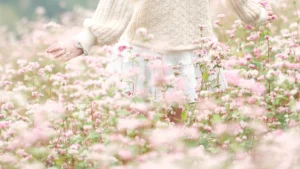
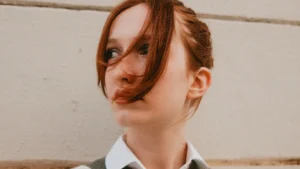
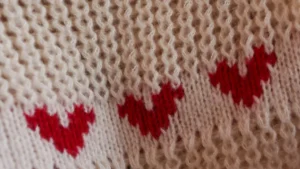
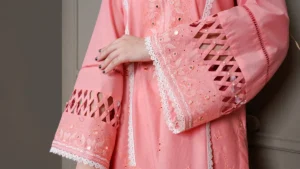
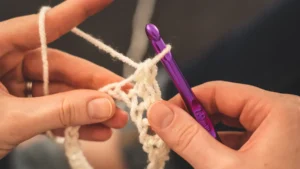
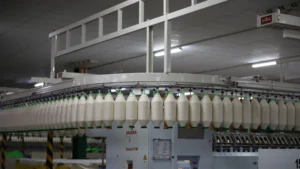

4 thoughts on “Dressed in Knits: How Professional Knitwear Factories Build the Perfect Knit Dress”
Pingback: Expanding the Knitwear Spectrum: How We Engineer Every Kind of Knitted Dress to Match Global Market Trends
Pingback: Sculpted in Stitches: How Expert Factories Engineer Every Kind of Knitted Dress—from Figure-Hugging Ribs to Runway-Ready Statement Pieces
Pingback: 10 Top Custom Knitwear Producers in Nashville for 2025
Pingback: Top Knit Apparel Manufacturers in Bucharest for 2025